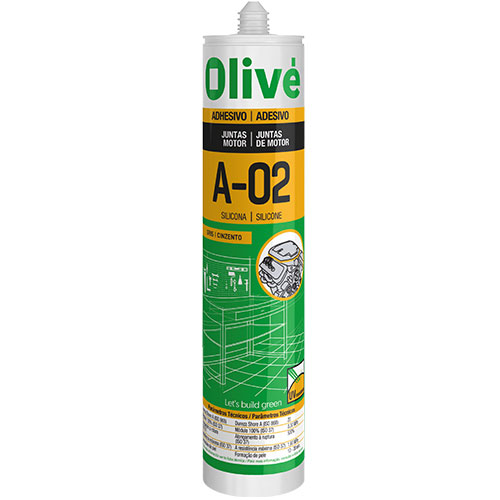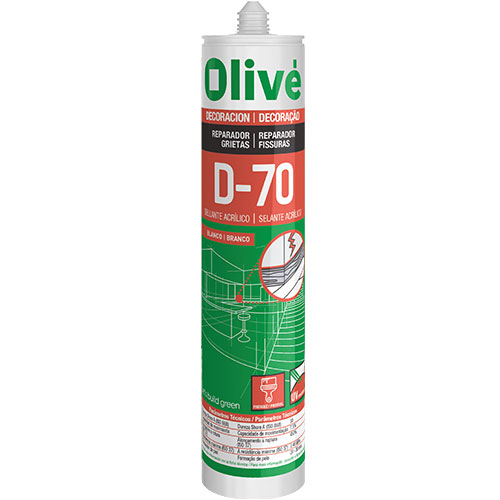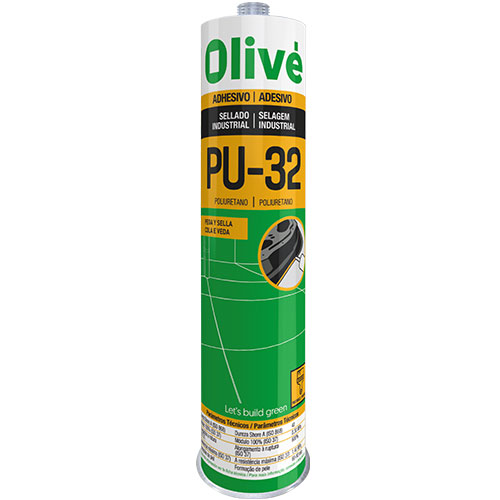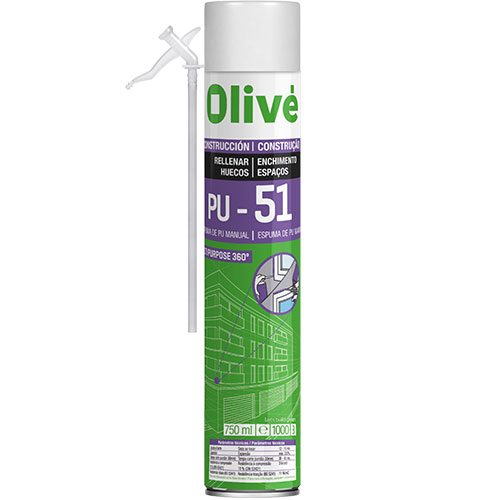Sealant products have two basic functions: binding and making joints water-and airtight. In a joint, the sealer forms a barrier that stops certain substances or materials such as water, dust, dirt or wind from getting through. Joints are sealed either for insulation purposes or to withstand the contraction or expansion movements of any material.
Types of sealants
Factors to take into consideration when choosing a sealant
Characteristics of sealants

Characteristics of solicone sealants
- They do not break.
- Their movement capacity is extremely high.
- They are stable when they age (minimum of 10 years) and when exposed to extreme weather conditions and ultraviolet rays.
- They cure very quickly.
- They are ready for use (they do not need be mixed with any other products).
- They are resistant to chemical ageing.
- They are permeable to gas and to steam.
- They have non-stick properties.
- They are non-toxic.

Characteristics of acrylic sealants
- Paintable after curing.
- Weak toxicity (they are non-toxic).
- For low-movement joints in construction (movement <10%).
- Plastoelastic products.
- They may be transparent or coloured.
- They are single-component products and are ready for use.

Characteristics of polyurethane filler
- The product contains no solvents.
- It does not contain halogenated compounds.
- Odourless.
- Low volume contraction.
- Paintable.

Characteristics of polyurethane foams
- These are two-component products that comprise two reagents: isocyanate and polyol.
- They expand in contact with environmental moisture.
- There are two basic types: high-expansion and controlled expansion.
- They seal, insulate and fill.
- They must be applied at temperatures under 40ºC.






















